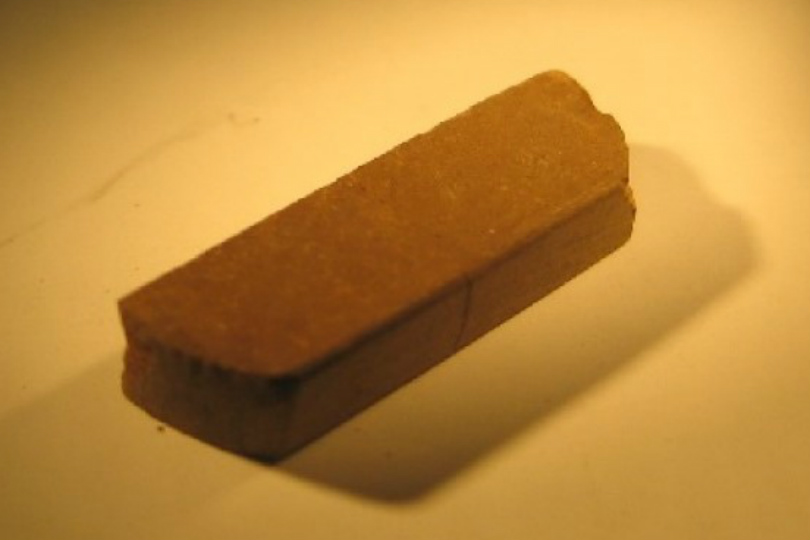
The New Red Brick
The world is intent on sending humans to Mars, but the feasibility of Martian travel is dependent on cost. That’s why staying within budget is potentially the biggest challenge facing NASA’s recently released five-year plan detailing how humans will get to Mars. It’s also the reason SpaceX is pushing to make reusable rockets.
When it comes building Martian settlements, the most ideal scenario would be one that doesn’t require humans to haul construction materials and equipment at least 54.6 million kilometers (34 million miles) to the red planet. Right now, they’re evaluating 3D-printing technology to address this challenge. But it looks like there could be a better solution — using Martian dirt.

According to a paper published in Scientific Reports, compressing Martian soil at high pressure produces a surprisingly strong, solid form that is very similar to bricks. And these other-worldly bricks have strengths exceeding those typically possessed by steel-reinforced concrete.
The researchers believe this simple, chemical-free process is so successful because most Martian soil contains nanoparticulate iron oxide. These particles give Mars its inherent red hue and also seem to serve as a bonding agent that makes certain soil on the planet self-cohesive.
All Hypothetical
Martian bricks could significantly reduce the cost of building anything on Mars. No need to bring clay bricks, or materials to make them. All we need to figure out is how we will compress the soil.
Here’s the thing though — all this is based on simulated Martian soil, called Mars-1a. Unfortunately, the team behind the study had no actual Martian dirt to test, so they recreated Martian dirt based on what we currently know of its components. And while the results are interesting, if not promising, there’s still the possibility that actual Martian soil will behave differently.
In addition, the iron oxide bonding agent may be common in Martian soil, but it’s not present in all of it. So gathering enough material to build human shelters might be feasible in only certain parts of the planet.
Once we get to Mars, a real sample of Martian soil can be brought back to Earth, where we can learn more about its components and properties. Until then, we’ll just have to wait and see whether this latest discovery can actually lend itself to making construction on Mars more cost efficient.